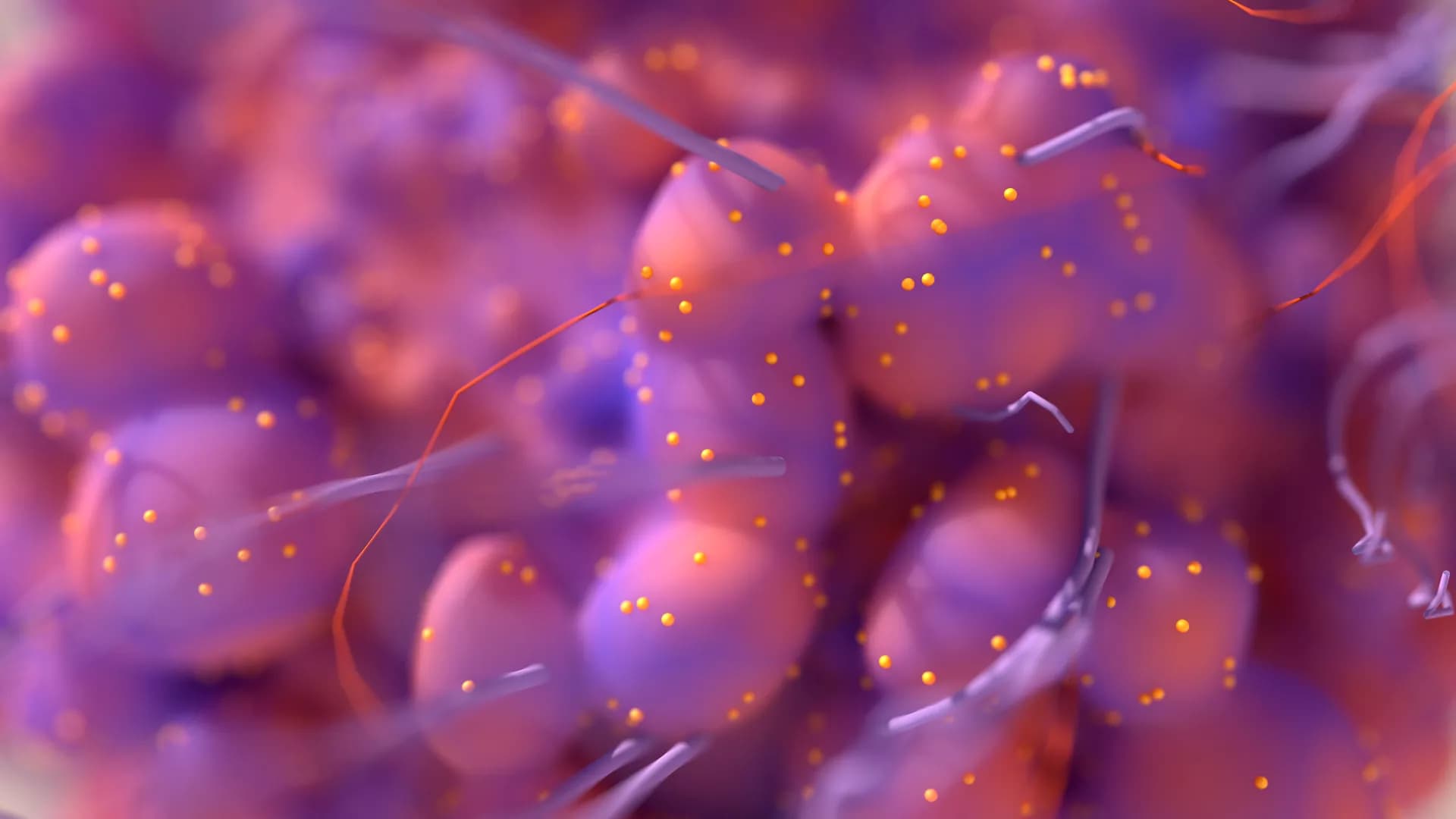It is known that chronic stress modulates multiple processes in a complex microenvironment, such as angiogenesis and immune function. However, the role of chronic stress inducing tumor angiogenesis and how it contributes to tumor progression are not quite clear. The following study assess psychological state from numerous ambulatory cancer cases (n=332), and chronic stress-related hormone levels were further measured. Here, we show that chronic stress not only causes behavioral changes in human, most importantly attributed to an elevated level of stress-related hormones. To address this, isoprenaline, the agonist of β2-adrenergic receptor (β2-AR), was utilized for simulating chronic stress and demonstrating the mechanism of stress in tumor angiogenesis at molecular level both in vivo and in vitro. As suggested by this study, isoprenaline promote VEGF autocrine of HUVECs, which can induce plexinA1 and VEGFR2 expression. Moreover, we show that isoprenaline promoted the expression of p-JAK2 and p-STAT3 in vitro. The results reveal that, isoprenaline enhances the autocrine of VEGF in HUVECs and up-regulating plexinA1 and VEGFR2 levels, thus activating the phosphorylation of JAK2-STAT3 pathway, the two essential parts during angiogenesis. The present work indicates that, the mechanism of chronic stress in enhancing angiogenesis is probably achieved through activating the plexinA1/VEGFR2-JAK2-STAT3 signal transduction pathway within HUVECs, and this is probably a candidate target for developing a strategy against angiogenesis in cancer.
Triple negative breast cancer (TNBC) accounts for less than a quarter of breast cancer but has the poorest survival outcome and is prone to relapse as well as metastasis due to its aggressiveness and lack of therapeutic target. Herein, we analyzed the TCGA datasets of lncRNA expressional profiles of breast cancer vs. normal tissue and TNBC vs. Non-TNBC subtypes and screened a long non-coding RNA (lncRNA) MNX1-AS1 overexpressing in TNBC. We found that MNX1-AS1 were upregulated in TNBC tumor tissues and correlated with poor survival outcome in TNBC patients. Silencing MNX1-AS1 reduced the aggressiveness of TNBC in vitro and in vivo. By using RNA pulldown assay followed by western blotting and RNA immunoprecipitation (RIP), we identified Stat3 was the MNX1-AS1 binding protein and MNX1-AS1 upregulated the phosphorylation of Stat3 by enhancing the interaction between p-JAK and Stat3. The present study suggested that targeting MNX1-AS1 may represent a promising therapeutic strategy to TNBC.
Frontiers in Oncology
Molecular Mechanisms and Treatment of MYCN-driven Tumors - Volume II






